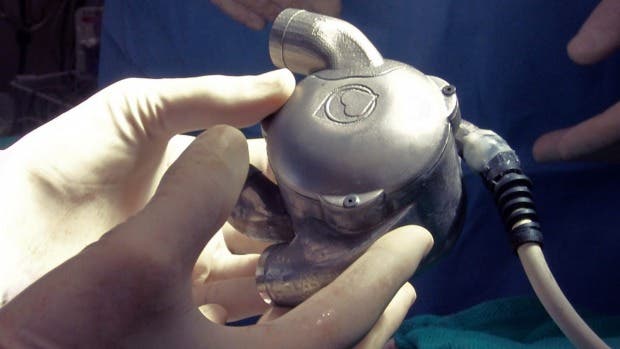The gender of the person one receives the heart from may in fact prove highly important for their future evolution. As reported on November the 12th at the American Heart Association’s annual Scientific Sessions meeting, the number of patients whose gender matched their donors’ proved to be less likely to reject the organ or to develop serious health problems after the operation.
Surgeon Eric Weiss of Johns Hopkins University in Baltimore studied a database including information about 18,240 heart recipients who have undergone the procedure between 1998 and 2007. The information stretched from 3-4 years to more than 10 years, which allowed the researchers to notice some important differences in the patients’ evolution.
About a quarter of the patients died some time after the operation especially in the first year after it, which is considered to be a critical period. What is striking about the data is the fact that the gender-matched recipients proved to be 15% less likely to die after the operation. Women who did not match their donors’ gender proved to be most affected as they were 23% more likely to die after the operation. The numbers seem to speak for themselves.
“This was something that was speculated based on smaller studies from single institutions, says Eric Weiss. With the new findings, he says, “we basically supported the hypothesis.”
The same phenomenon could be noticed while analyzing cases of immune rejection. In these situations the patient’s immune system attacks the newly-received organ, which can ultimately lead to death. Those who had the same gender as the person they received the heart from proved to be less likely to find themselves in this situation. Women whose donor was a man rejected their hearts in a larger number than other patients.
The researchers were also interested in other characteristics of the people involved such as diabetes history, age, race, frailty, kidney function and immunological match. At the end of the research it looked clear that gender was also a factor to be taken into consideration.
The high rate of rejection noticed in women may be caused by the Y chromosome that men do not have. Looking further into this problem researchers think that another cause may be the fact that women’s immune system reacts differently than men’s.
. “A woman’s immune system is sensitized to a larger array of common antigens in the donor pool after pregnancy. That may include antigens — any compounds that elicit an immune reaction — found on the Y chromosome and could account for the higher rejection rate in women seen here and in smaller studies.” says Clyde Yancy, a transplant cardiologist at Baylor University Medical Center at Dallas.
At present, donors and recipients are matched by blood type and size, but researchers think gender should also be one of the factors. However, if that would do nothing but to delay the process, thus affecting one’s health even more the best thing to do is to let the patient receive a heart. The research is meant to improve the matching system and to save lives and not the other way around.





